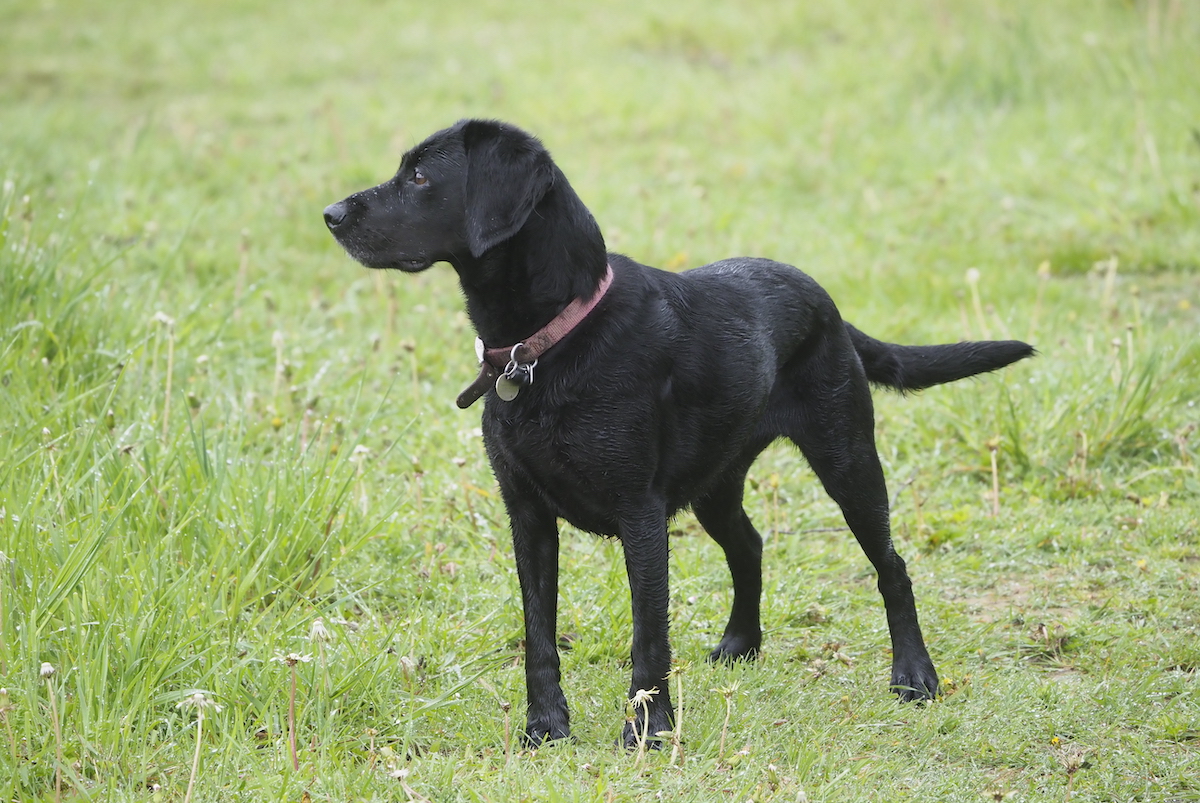Are golden cocker spaniels really more aggressive?
New research on the health of cocker spaniels resulted in a flurry of headlines, but David Tomlinson looks deeper into the science’

Golden cockers have been shown to be more prone to aggression than any other colour
Where does the story of golden cocker spaniels suffering from rage come from? You might never have heard of VetCompass — I admit I hadn’t until recently — but it’s a search engine operated by the Royal Veterinary College that indexes millions of clinical records collected from vets’ practices and referral centres. The data produced allows researchers to use these records to create an evidence base that can then be used by vets to improve the health and welfare of animals.
Golden cocker ‘rage’
VetCompass came into the news last month following publication of its study on cocker spaniels. The study was wide-ranging: it found the most common health problems in cockers include dental disease, ear infection, obesity and aggression, but it was the latter that caught the attention of the popular press. Lurid headlines about “golden cocker rage” followed, with warnings that such dogs could be more aggressive than a rottweiler.
The study noted that cockers have long been one of the most popular family dogs in the UK and that the breed is generally considered to be fairly healthy. However, the Kennel Club recommends that breeders should screen their dogs for several conditions including eye disorders, hip dysplasia and a wide range of hereditary diseases. Despite these recommendations, there has been relatively little information until now on the health of cockers in the UK.

Periodontal disease is the most commonly recorded specific disorder in cocker spaniels
Working or show type cockers
Frustratingly, but not surprisingly, the study makes no differentiation between working-type cockers and those bred for pets or show. The two types are, of course, quite distinct, but as far as I am aware there are no statistics that attempt to work out the percentage of working-type cockers compared to their longer-eared cousins.
The VetCompass study was based on veterinary clinical records of no fewer than 10,313 cockers from an overall sample of 336,865 UK dogs of all breeds. The study notes that cockers made up 3.1% of all the dogs on the database, a reminder of the popularity of the breed.
Interestingly, periodontal disease, a dental disease affecting the tissues that hold the teeth in place, was the most commonly recorded specific disorder in cockers, and was diagnosed in 20.97% of dogs annually. This, I suspect, has nothing to do with genetics but a lot more to do with how dogs are fed. Gum disease is common in all dogs fed on soft food, though it can be prevented by giving bones or raw food (gnawing helps clean teeth naturally), or regular teeth cleaning. (Read how to look after your dog’s teeth.)
The next most commonly recorded disorder, found in 10.09% of dogs, was otitis externa (inflammation of the external ear canal). Next up was obesity/overweight, a problem affecting 9.88% of cockers. Again, this reflects poor husbandry. Dogs, whatever the breed, only get fat if they are overfed and under-exercised, which is the sad fate of many pets.
Other common problems were anal-sac impaction (8.07%), diarrhoea (4.87%) and aggression (4.01%). The study commented that the “order of these top disorders in English cocker spaniels was similar to those previously reported in dogs overall; however, the frequency of each disorder was generally higher than the general dog population, possibly because several of these conditions are related to the longer ears and looser skin… with higher risk of some disorders related to their specific body shape.”
Solid colours
Though I may well be wrong, I suspect that aggression is more of a problem in pet-type cockers than workers, as I have rarely come across an aggressive working cocker. According to the study, the frequency of aggression differed depending on the sex and coat colour of the spaniels: aggression was more common in dogs than bitches, and in solid-coloured rather than multi-coloured individuals. Intriguingly, the risk of aggression varied widely between the four most common solid coat colours. Golden dogs showed the highest frequency of aggression (12.08%), followed by red (6.52%), black (6.29%) and liver (4.33%).
Karolina Engdahl, epidemiologist at the Swedish University of Agricultural Sciences and lead author of the paper, commented: “English cocker spaniels are popular family dogs and can make fantastic pets. However, we found that aggression was relatively common in the breed, especially in golden cocker spaniels. This highlights the importance of focusing good breeding on behavioural as well as physical health.”
This is, of course, true with any breed and not just cockers. The reason for so-called “golden cocker rage” remains unknown, but it is thought to be genetic as there’s no other explanation.








